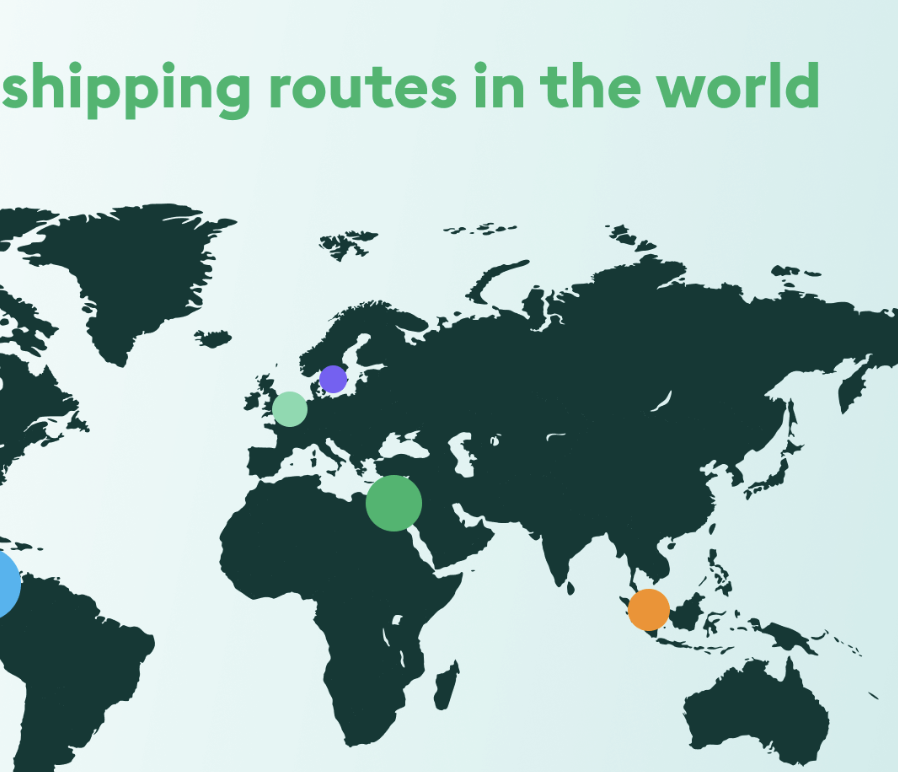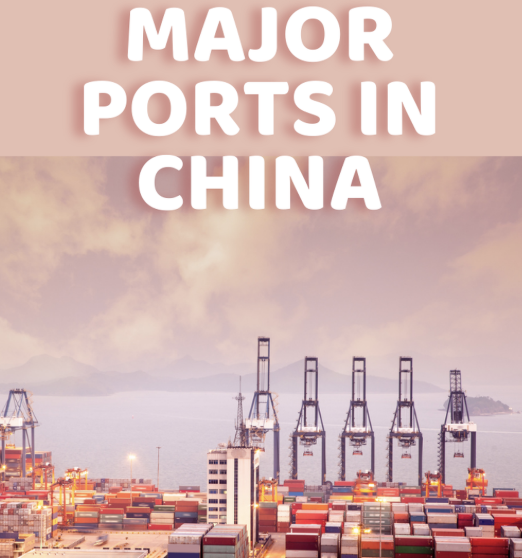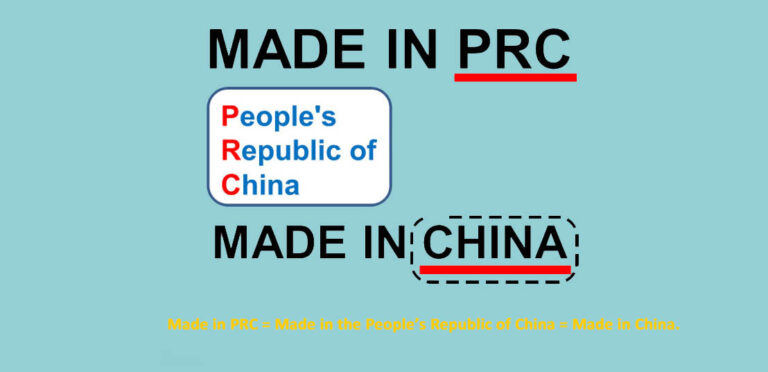Shipping Routes from China: Ultimate Guide for 2025 Imports
China remains the world’s largest exporter, and understanding the major shipping routes from China is vital for importers seeking efficiency, speed, and cost-effectiveness.
Whether you’re a small business sourcing from Yiwu or a global brand importing container loads from Shenzhen, selecting the optimal shipping route directly impacts your logistics strategy.
In this ultimate 2025 guide, we explore all major shipping lanes, transit hubs, port choices, and mode options to empower your decision-making.
Table of Contents
🔹 Major Shipping Ports in China for International Trade
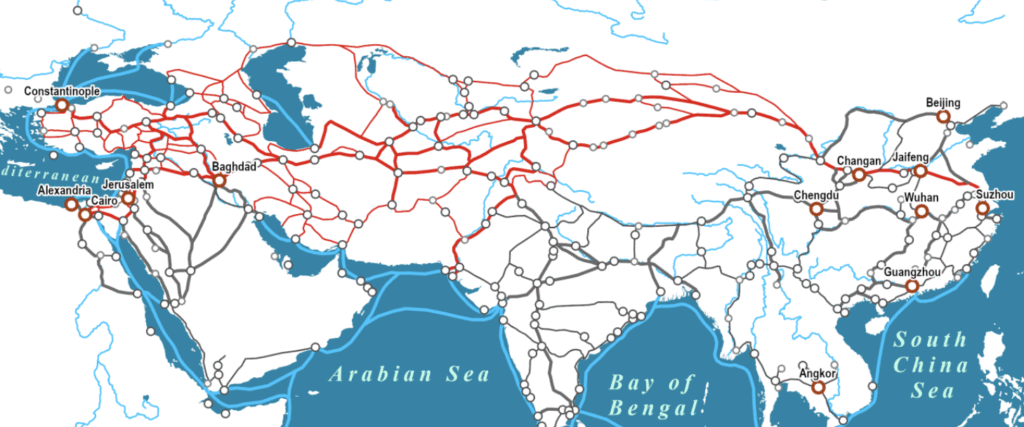
China is home to some of the world’s busiest and most advanced ports. Understanding which port to use depends on your supplier’s location, your cargo type, and the destination country.
1. Port of Shanghai
- Location: Eastern China
- Key Routes: To North America, Europe, and Asia-Pacific
- Cargo: Full Container Load (FCL), Less than Container Load (LCL), bulk
- Highlights: World’s busiest container port, state-of-the-art automation
2. Port of Shenzhen
- Location: Southern China (Guangdong province)
- Key Routes: US West Coast, Latin America, ASEAN
- Best For: Electronics, garments, tech products
- Includes: Yantian, Shekou, Chiwan terminals
3. Port of Ningbo-Zhoushan
- Location: Zhejiang province
- Key Routes: Europe, Middle East, Africa
- Best For: Mixed cargo, e-commerce bulk shipments
- Growth Factor: Rapidly expanding infrastructure
4. Port of Guangzhou (Nansha Terminal)
- Location: Pearl River Delta
- Key Routes: Middle East, South Asia, Africa
- Best For: Low-cost bulk shipping
- Specialty: Bulk commodities, agricultural goods
5. Port of Qingdao
- Location: Shandong province (Northern China)
- Key Routes: Europe, Russia, Korea, Japan
- Best For: Machinery, auto parts, steel exports
🔹 Popular Sea Shipping Routes from China
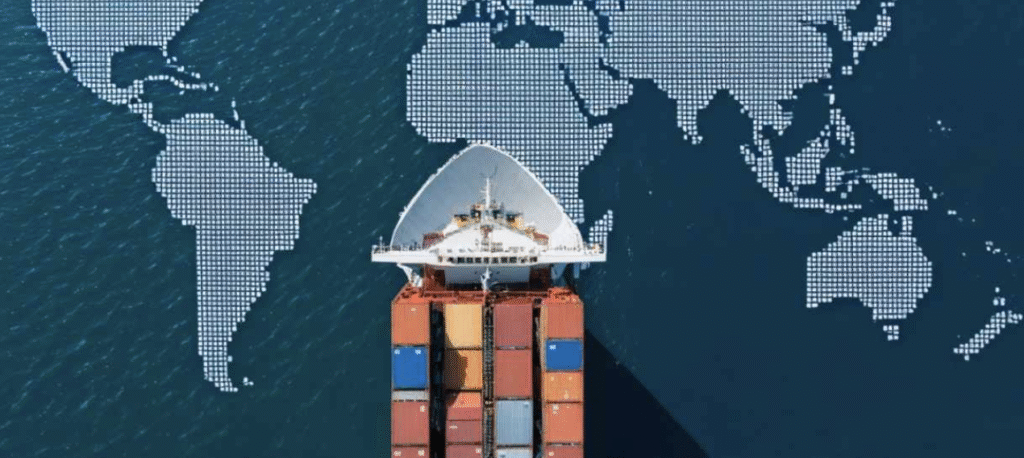
Sea freight remains the most cost-effective mode for large volumes. Below are the primary sea shipping routes from China in 2025:
1. China to United States (Trans-Pacific Route)
- Ports Used: Shanghai, Shenzhen, Ningbo → Los Angeles, Long Beach, New York, Savannah
- Transit Time: 15–30 days (depending on coast)
- Route Notes: West Coast faster but congested; East Coast via Panama Canal
2. China to Europe (Asia-Europe Route via Suez Canal)
- Ports Used: Ningbo, Shanghai, Qingdao → Rotterdam, Hamburg, Felixstowe
- Transit Time: 25–40 days
- Key Feature: Most stable route for FCL shipments
3. China to Australia
- Ports Used: Guangzhou, Shenzhen → Sydney, Melbourne, Brisbane
- Transit Time: 12–20 days
- Note: Direct routes make Australia a favorable import market
4. China to Middle East and Africa
- Ports Used: Ningbo, Guangzhou → Jebel Ali, Durban, Lagos
- Transit Time: 18–30 days
- Common Goods: Construction materials, garments, appliances
🔹 Air Freight Shipping Routes from China

Air shipping is best for high-value, low-volume, or time-sensitive cargo. In 2025, air freight has grown more competitive due to expanded capacity and digital logistics platforms.
Key Airports in China for Air Freight:
- Beijing Capital International Airport (PEK)
- Shanghai Pudong International Airport (PVG)
- Guangzhou Baiyun International Airport (CAN)
- Shenzhen Bao’an International Airport (SZX)
Top Air Routes:
- China to USA: Shanghai → Los Angeles, Chicago (2–4 days)
- China to EU: Shenzhen → Frankfurt, Amsterdam (3–5 days)
- China to Middle East: Guangzhou → Dubai (2–3 days)
- China to Africa: Beijing → Johannesburg (5–7 days)
🔹 Rail Freight Shipping Routes from China (China-Europe Railway Express)

With the success of China’s Belt and Road Initiative, rail freight has become a valuable middle-ground between air and sea.
Main Rail Routes (Silk Road Economic Belt)
- Origin: Chongqing, Xi’an, Chengdu
- Destination: Duisburg, Warsaw, Madrid
- Transit Time: 15–20 days
- Goods Shipped: Electronics, auto parts, fast-fashion, medical equipment
- Advantages: Faster than sea, cheaper than air, environmentally friendly
🔹 Multimodal Shipping Options (Sea + Rail + Truck)
2025 has seen rising demand for multimodal logistics, especially for e-commerce and time-sensitive deliveries. Combining sea + rail + truck reduces delays, lowers costs, and increases efficiency.
Popular Combinations:
- Sea + Rail: China → Vladivostok (Russia) by sea, then rail to EU
- Sea + Truck: Shenzhen → Singapore → Malaysia by truck
- Rail + Truck: China → Almaty (Kazakhstan) → Central Asia
🔹 Choosing the Right Shipping Method
| Shipping Method | Best For | Transit Time | Cost |
|---|---|---|---|
| Sea Freight | Bulk, FCL/LCL, heavy cargo | 15–45 days | 150-250$/CBM |
| Air Freight | High-value, urgent goods | 2–7 days | 8-20$/kg |
| Rail Freight | Medium priority, cost/time balance | 15–25 days | 8$/kg |
| Courier/Express | Small parcels, samples, e-commerce | 3–5 days | 20-40$/kg |
🔹 Tips to Optimize Your 2025 Imports from China
1. Choose Suppliers Near Major Ports
Minimize inland transportation costs and delays by working with factories located near Shanghai, Shenzhen, or Ningbo.
2. Work with a Freight Forwarder
Professional agents can consolidate shipments, book space, and handle customs for you.
3. Compare Transit Times
Use updated 2025 transit schedules to compare direct vs. transshipment options.
4. Plan for Chinese Holidays
Avoid shipping during Chinese New Year and Golden Week to prevent backlogs and congestion.
5. Consider Green Shipping
Rail and sea freight routes now offer carbon-reduction certifications—valuable for ESG compliance.
🔹 Emerging Trends in China Shipping Routes for 2025
1. Smart Port Integration
AI-powered ports in Shanghai and Ningbo reduce container handling times and optimize route planning.
2. Cross-Border E-commerce Warehousing
Temu and Shein-style business models push demand for bonded warehouses and last-mile logistics near Southeast Asia and US West Coast.
3. Digital Freight Platforms
Platforms like Flexport and Freightos revolutionize the way importers book and track global shipments.
4. Decentralization of Port Traffic
Tier-2 ports like Xiamen, Tianjin, and Dalian are taking more volume as Shanghai and Shenzhen reach full capacity.
🔹 Final Thoughts
Understanding shipping routes from China in 2025 is no longer just about choosing sea or air—it’s about integrating smart logistics, choosing the best ports, utilizing multimodal options, and preparing for geopolitical and environmental shifts.
The more strategic your route planning, the more control you have over costs, timing, and customer satisfaction.
🔹 Frequently Asked Questions About Shipping Routes from China
1. What is the cheapest shipping method from China in 2025?
Sea freight (LCL or FCL) remains the most cost-effective option, especially for large and heavy shipments. While it has longer transit times (15–45 days), it offers the lowest per-unit cost.
2. Which port is best for shipping from China?
The Port of Shanghai is the largest and most efficient, ideal for global shipments. However, Shenzhen is better for electronics from southern China, and Ningbo-Zhoushan is preferred for east coast manufacturers.
3. How long does shipping from China to the USA take in 2025?
- By sea (to West Coast): 15–20 days
- By sea (to East Coast): 25–30 days
- By air: 2–5 days
- By express courier: 3–7 days
4. Is rail freight reliable from China to Europe?
Yes. The China-Europe Railway Express has become a reliable, efficient alternative to sea and air freight, with transit times around 15–20 days and excellent track-and-trace systems.
5. What is multimodal shipping, and should I use it?
Multimodal shipping combines two or more modes (e.g., sea + rail or sea + truck) to optimize time and cost. It’s a smart choice for e-commerce businesses or those importing to landlocked countries.
6. How do I choose the right shipping route?
Consider these factors:
- Supplier location
- Cargo volume and weight
- Urgency
- Destination
- Budget
- Port congestion or holidays
Working with an experienced freight forwarder is recommended to help you choose the best route.

